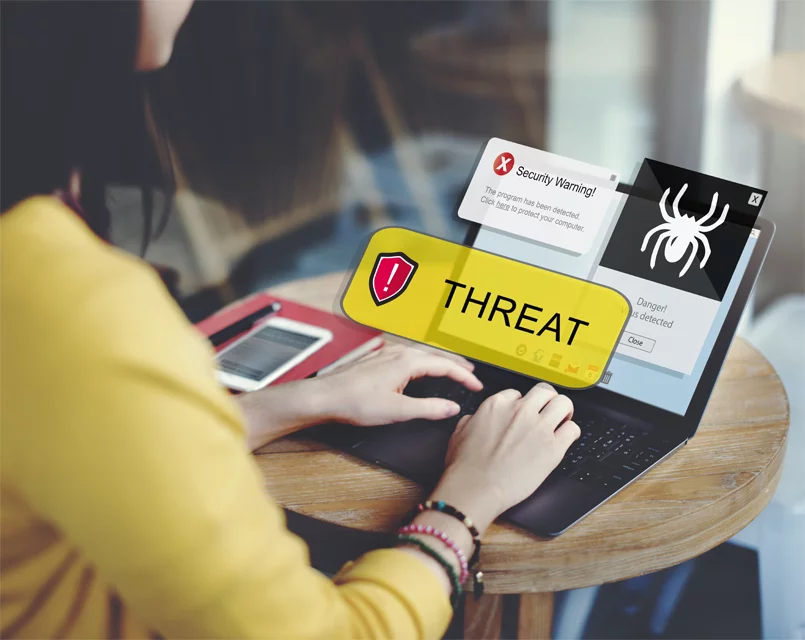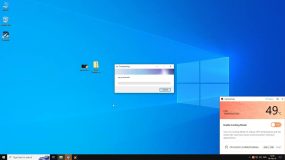Once an easily recognizable desktop assistant in the early 2000s, BonziBuddy has since become notorious as a potentially unwanted program, or PUP, and sometimes called the “BonziBuddy virus.” Although it was intended to be a friendly virtual assistant, it soon acquired a reputation for serving intrusive ads, tracking user activity, and acting much like spyware. Here is everything you need to know about the BonziBuddy virus, right from identifying its effects to safely removing it from your PC.

About BonziBuddy Virus
Originally designed as a desktop companion, BonziBuddy sported an animated purple gorilla that would “assist” users in performing tasks, tell jokes, and offer some forms of internet-related assistance. In return for BonziBuddy’s functionality, some unwanted elements were packed in: the software gathered user information and frequently displayed aggravating ads, thus qualifying as a PUP and even a potential security risk in certain cases. It is not a virus, per se, but just like spyware, there are behaviors in BonziBuddy that lessen user privacy and degrade the performance of systems.
Read about most common malwares:
How Did the BonziBuddy Virus Infect Your PC?
Most of the time, BonziBuddy sneaked into the computers through free downloads or bundled software packages, the installation of which one user never knew what all the bundle would do, including operating in the background. Then again, BonziBuddy spread through pop-up ads promising features that attracted curiosity amongst users. Though BonziBuddy was marketed as harmless and fun, its data-tracking and ad-generating tendencies turned out to be problematic for most users.
How to Know If Your PC Is Infected?
If BonziBuddy has infected your computer, it will exhibit several of the following traits, which are enlisted below:
- Popup Ads: Popup ads will regularly appear in front of browsers, which keeps disturbing the browser during browsing sessions.
- System Slowdowns: The consumption of system resources by BonziBuddy may slow down and lag regularly.
- Unfamiliar Programs or Toolbars: Additional toolbars or other programs that have not been authorized may be installed by this program.
- Data Tracking: If your browser is behaving differently and you experience certain data tracking, then BonziBuddy might be the malware.
These symptoms, in most instances, are clear evidence that your system has been infected by BonziBuddy or any similar PUP.
How to Remove BonziBuddy Virus
To remove BonziBuddy, you would have to go through some steps with caution to ensure that it does not leave any traces behind in your system. Here is how to safely remove it from your PC.
Step 1: Uninstall BonziBuddy from Your Control Panel
Go into your Control Panel, then into Programs and Features. Within the list of installed programs, locate BonziBuddy and click on it to uninstall. This will at least take out most of the components; this is the application portion.
Step 2: Remove Any Remaining Files
After BonziBuddy removal, manually locate all residues. Open the File Explorer and perform a search using keywords like “BonziBuddy” or “Bonzi.” Proceed with the deletion of related files or folders. Among the locations to check are the Program Files and AppData folders, which store remnants in hidden format.
Step 3: Use an Anti-Malware Tool for a Thorough Scan
To be absolutely sure, it is always good to run a scan with a reliable anti-malware tool. For example, Outbyte AVarmor detects and removes potentially unwanted programs and malware leftovers. A full system scan will help you ensure that BonziBuddy has been completely removed together with all the files this program has created.
FAQs
Is BonziBuddy a virus?
While BonziBuddy isn’t a traditional virus, it is classified as a potentially unwanted program (PUP) because of its ad displays and data-tracking tendencies.
How did BonziBuddy get on my computer?
BonziBuddy usually spreads through free software downloads or bundled software packages, sometimes appearing as a pop-up ad.
Can BonziBuddy harm my computer?
Although BonziBuddy doesn’t cause direct harm, it can slow down your system, compromise privacy, and introduce unwanted ads.
How do I know if BonziBuddy is installed?
Look for frequent pop-up ads, sluggish performance, or additional toolbars that you didn’t install, as these may be signs of BonziBuddy.
What is the best way to remove BonziBuddy?
Start by uninstalling BonziBuddy via Control Panel, deleting leftover files, and running a full anti-malware scan for a complete cleanup.






